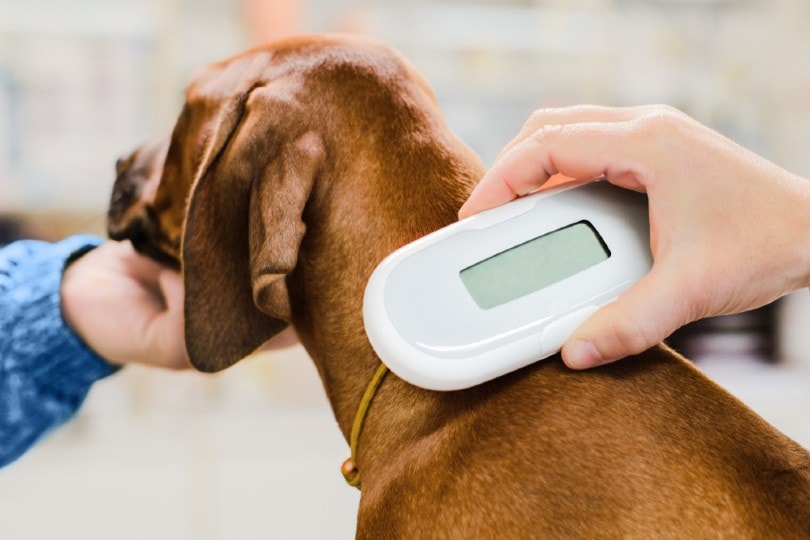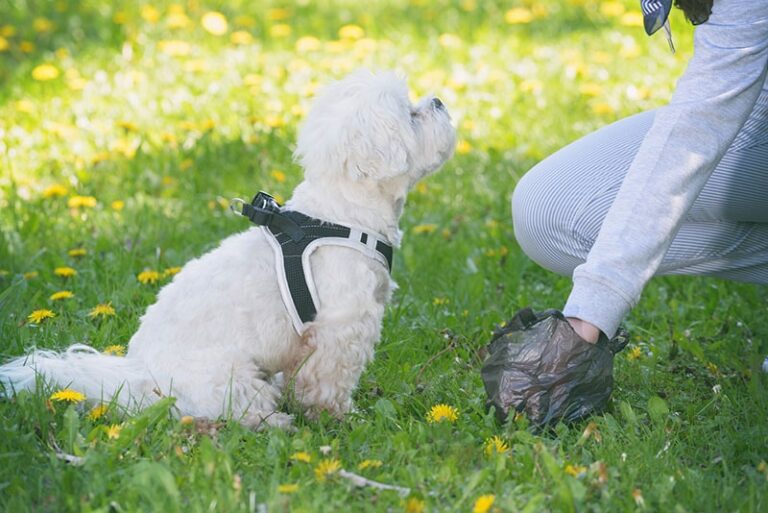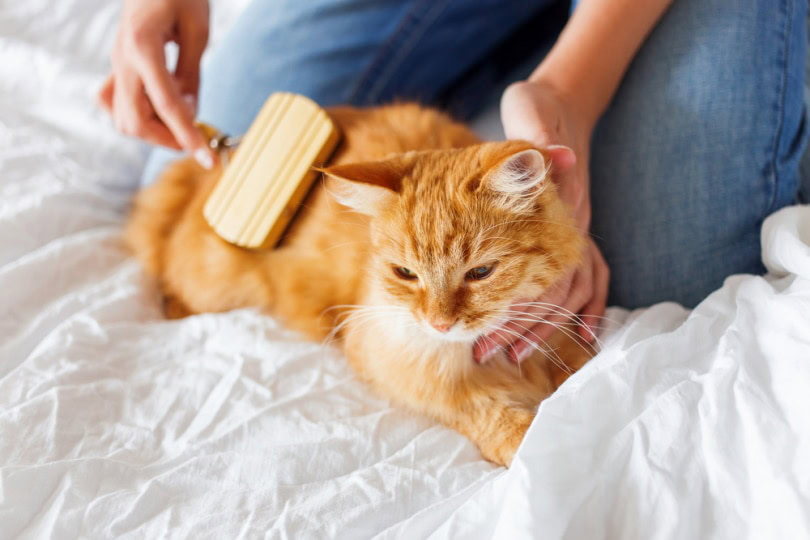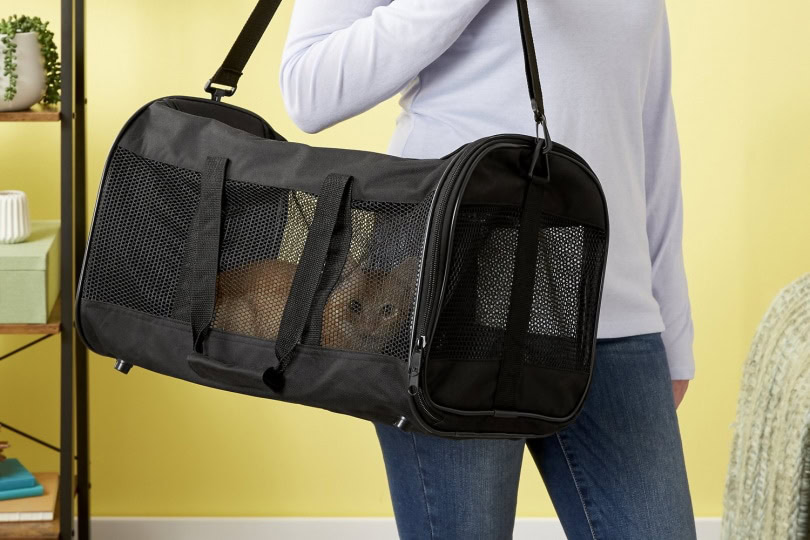VET APPROVED

The information is current and up-to-date in accordance with the latest veterinarian research.
Learn more »Sadly, we know what it’s like to lose a pet. We understand how helpless and devastated you feel. An estimated 15% of pet owners will experience these feelings.1 Dogs usually fare better than cats since they’re more likely to wear identification, even if it’s just a collar. The other factor in canines’ favor is that your neighbors are more likely to know your pet with you walking them daily. Cats, not so much.
Wearing a collar and an ID tag is essential whenever your pet leaves your home, whether intentionally or not. It’s the only way someone finding the animal can find its owner. However, collars aren’t infallible. Pets can slip out of one that isn’t properly fitted. That makes microchipping a great option for reuniting pets and their owners since it’s permanent. National Chip Your Pet Month in May raises awareness about this excellent way to ID your animal companion.2

History of National Chip Your Pet Month
Microchipping was first used in the U.K. in 1989 as a permanent method of identification of pets.3 Following this event, in the early 1990s, the microchip industry was regulated and it became more widely available. Since then, microchipping for dogs and cats has been made compulsory in many territories worldwide and it is highly recommended.
Microchips use radio frequency identification (RFID) technology that stores a unique identification number readable with a special scanner. This ID number is included in a database linked to the pet and owner information. The AKC and other animal organizations have recognized its potential with pets. It offers a permanent means of identification that is always with the animal. The National Chip Your Pet Month seeks to educate owners and persuade them to get their animals microchipped.
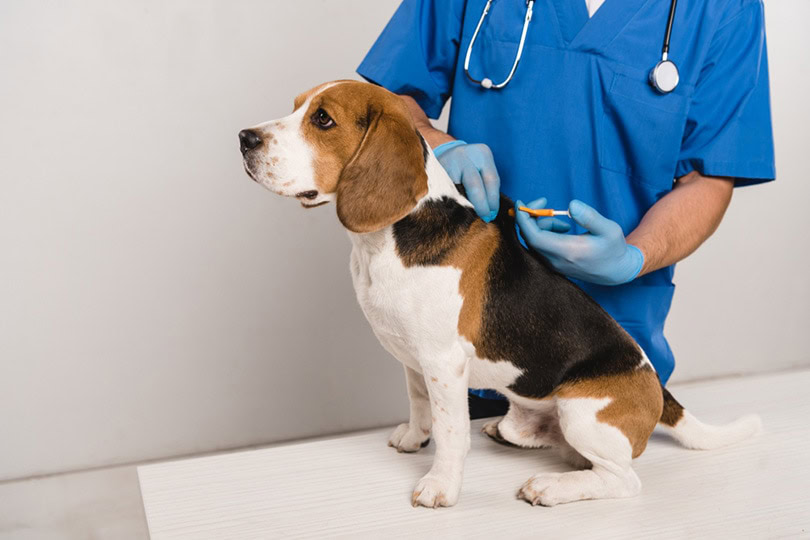
Many companies offer pet microchipping and recovery services, including HomeAgain, BuddyID, and 24PetWatch. The concept is easy to understand. A chip with a unique ID number is implanted in the animal under the skin. It contains an ID number assigned to the pet, providing a means to correlate the animal with its owner’s contact information. Someone finding a lost pet can scan it and obtain this unique number.
Organizations, such as the American Animal Hospital Association (AAHA)5, have a universal database to look up numbers. Companies typically use proprietary number sequences, making services like the AAHA’s critical to pet recovery. It’s a heartwarming effort by these organizations to come together to help pet owners.
George the cat provided the impetus for the designated month in 2008. It’s a unique story of a pet being reunited with its owners after being missing for 13 years thanks to the implantation of the chip. The hope of a reunion with a lost animal is a powerful motivator to get it done.
The Myths About Microchips
Unfortunately, many myths exist about microchips that make an awareness day or month necessary. First, let’s consider the procedure. The microchip itself is about the size of a rice grain. Injecting it into an animal isn’t painless because it involves a needle, but it’s not much more painful than having blood drawn or a vaccine injected. Additionally, many pet owners opt to get it done when their dogs or cats are under anesthesia when they are being neutered or spayed. Moreover, vets have their own tricks and strategies to distract pets and make microchipping almost unnoticeable!
Even if it isn’t done under anesthesia, the pain is fleeting. Of course, it’s easy to distract a kitten or puppy to make the aftermath less stressful. The chip is housed in sterile conditions to minimize any complications. It’s also implanted under the loose skin on the back of the neck in a place where the animal can’t scratch it to minimize the occurrence of any infections or wounds.
The Benefits of Microchips
The ultimate benefit of getting your pet microchipped is the hope of a reunion with your lost pet. It’s a long shot if your animal doesn’t have identification. However, with a chip, research has found an 86.2% chance of finding your lost pet. That statistic is significant, considering the many perils facing a missing animal. Traffic, wildlife, and starvation are just a few of the threats it faces.
Other benefits exist, even if they pale in comparison. For breeders, you have indisputable truth of the identification of your breeding stock. If you conduct health screenings which you register with the Orthopedic Foundation for Animals (OFA), it’s a requirement. It establishes credibility with would-be buyers of your pets.
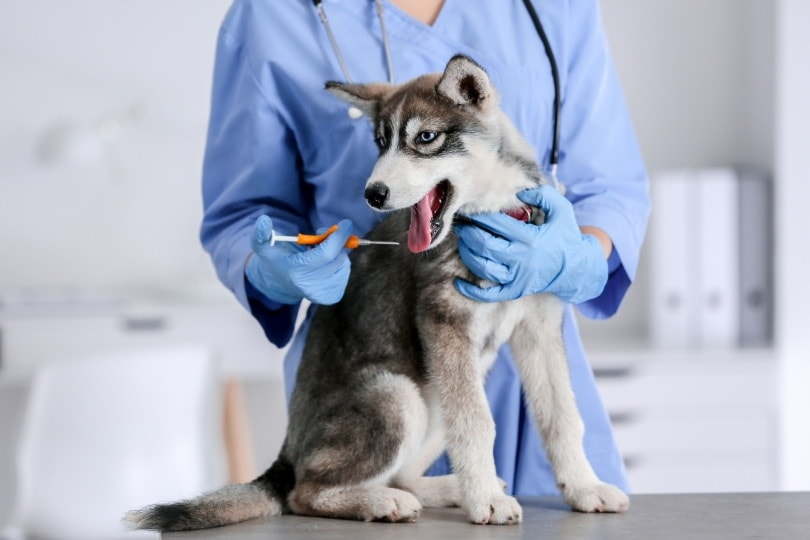
As we’ve discussed, it’s not a difficult procedure. A vet doesn’t have to sedate your pet to implant it. It’s not expensive, either. You must register your pet, but you get many other benefits that make it a worthwhile choice.
The Legal Side
Many territories have made microchipping a requirement for a license. If you adopt a pet, the chances are it’s chipped before you buy it. Some breeders may have it done or require owners to do it. You may also have to chip your dog if it gets into a fight with another pet as part of the legal obligation. Authorities have recognized the value of microchipping, making it a part of pet ownership.
National Check Your Chip Day
Microchipping your pet is a vital first step. However, it’s equally as essential to keep your contact information current. One study found that only 58.1% of pets had the correct info. Getting the chip implanted in your cat or dog is only the first part of the process. You must also register it with the manufacturer. Many companies offer other services to help your chances of recovery.
They may contact participating businesses and clinics about a lost pet. They often provide supplies like posters you can post in your neighborhood. They send alerts to shelters where someone may take a found pet. Therefore, microchipping is only as good as the information it contains. That’s the main reason why the American Veterinary Medical Association (AVMA) sponsors it.
The organization encourages microchipping with its National Check the Chip Day on August 15. However, it also reminds pet owners to keep their information current. We can’t imagine how frustrating it must be for shelter employees to identify a lost animal only to find they can’t contact the owner.

Final Thoughts
National Chip Your Pet Month is an excellent reminder to owners to safeguard their animals with permanent identification. It can mean the difference between reuniting a lost pet with one gone forever. Fortunately, the industry has taken the lead in making it a commonplace practice, whether you adopt a pet or get one from a breeder. The essential thing is that it gets done and that you keep the contact information up to date.
Featured Image Credit: olgagorovenko, Shutterstock
